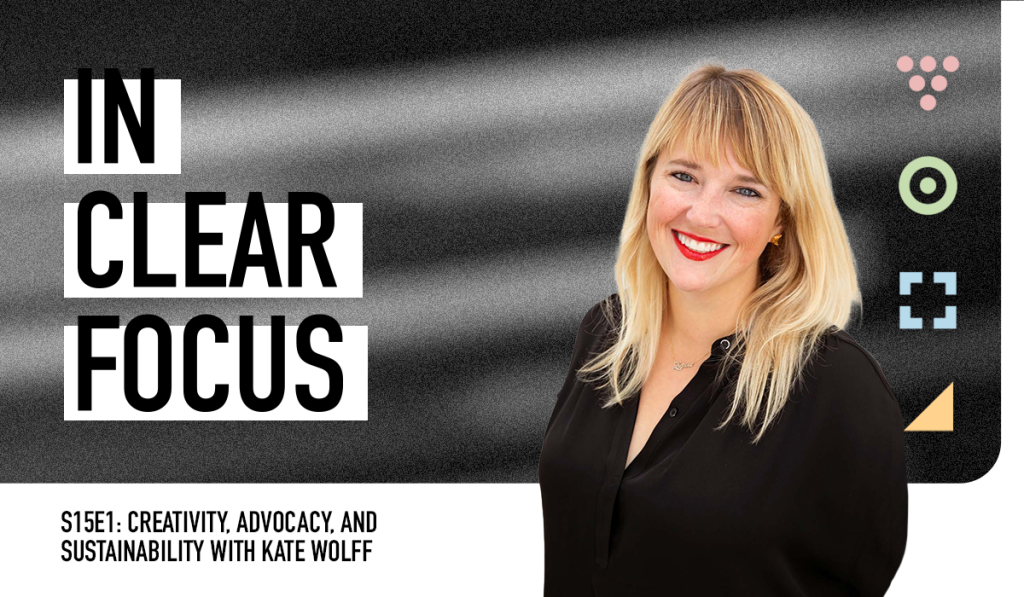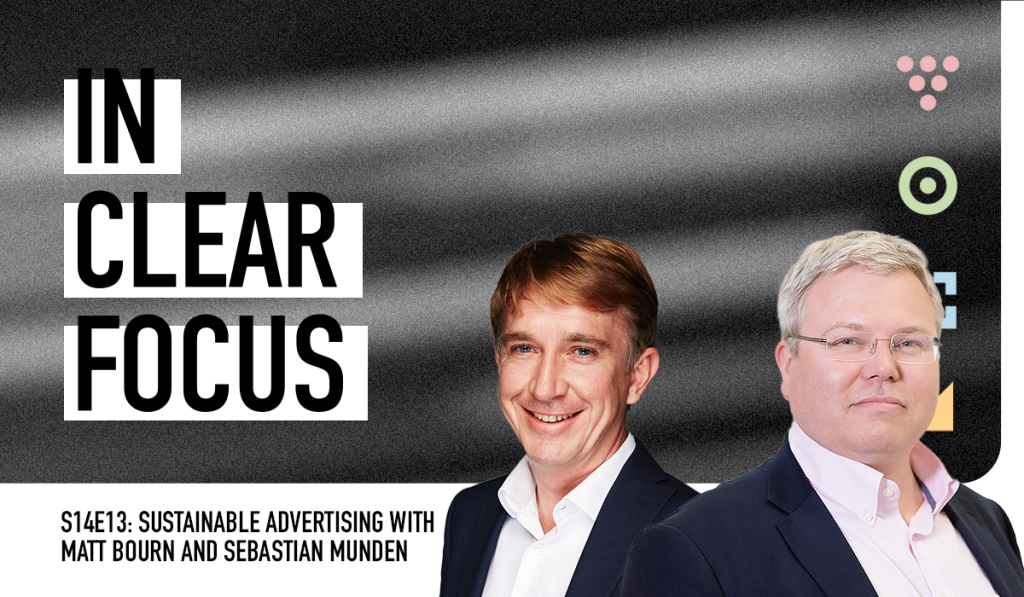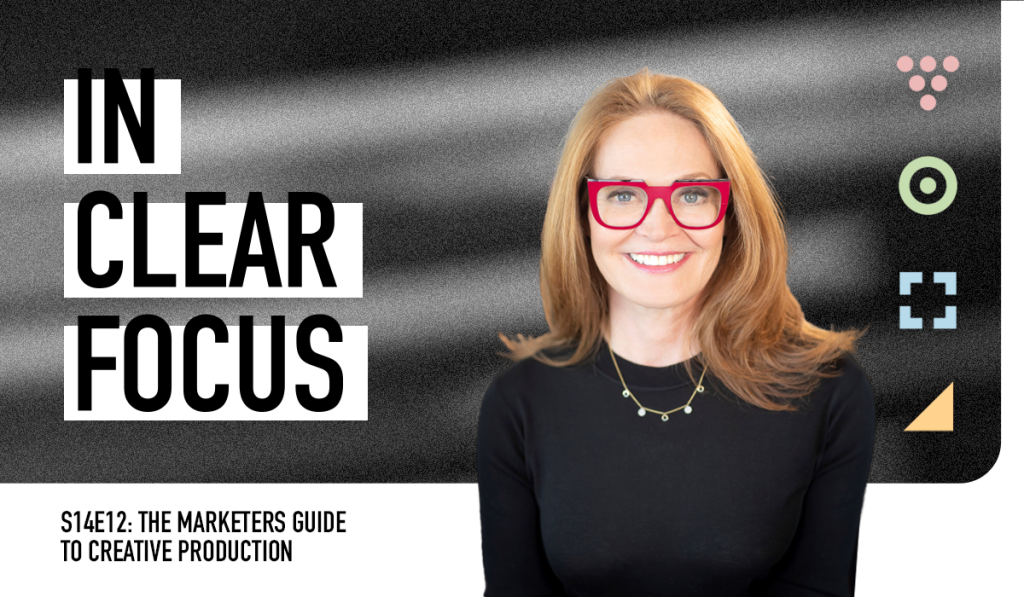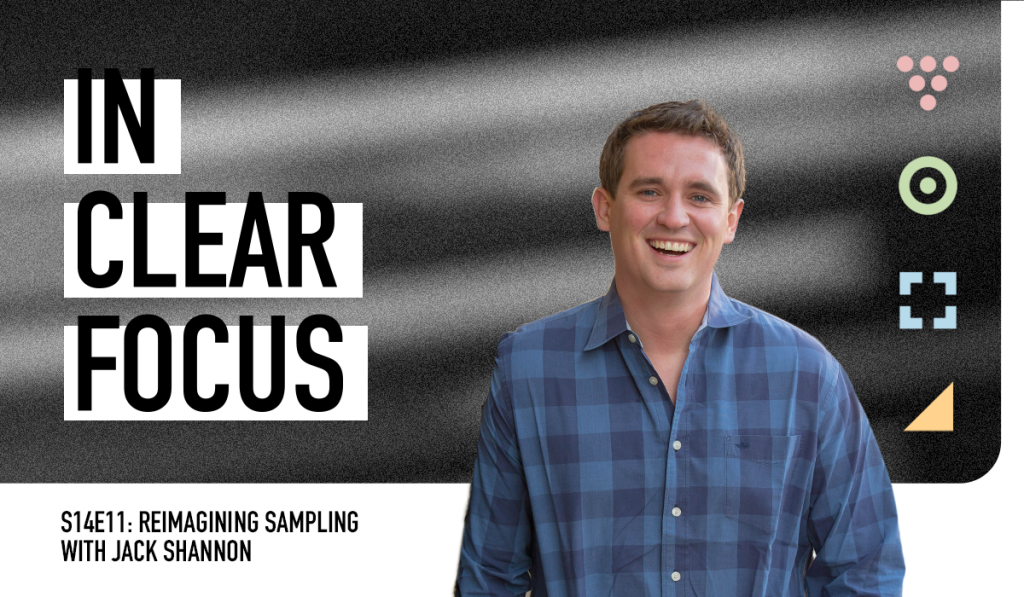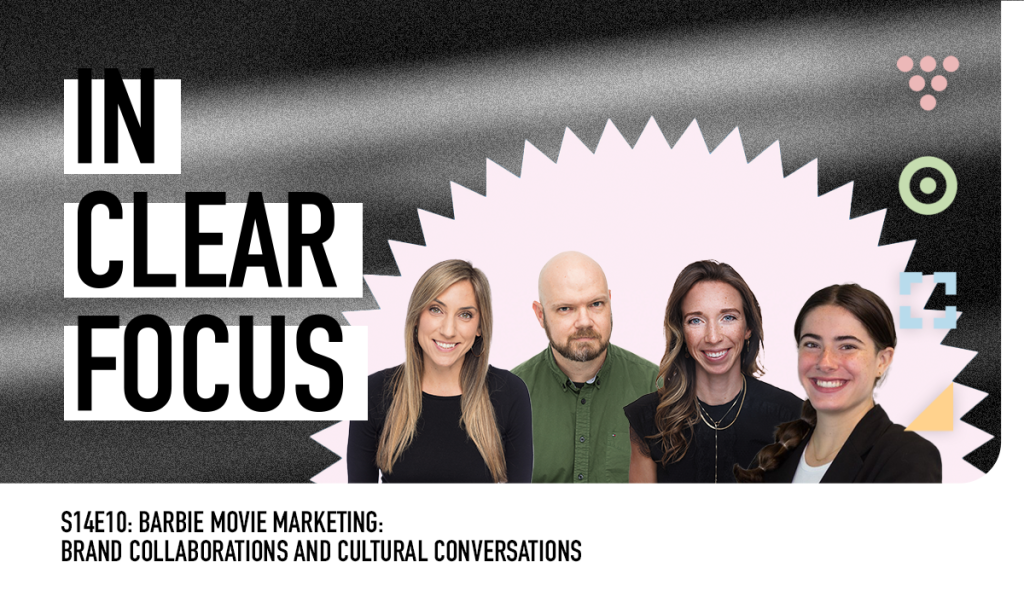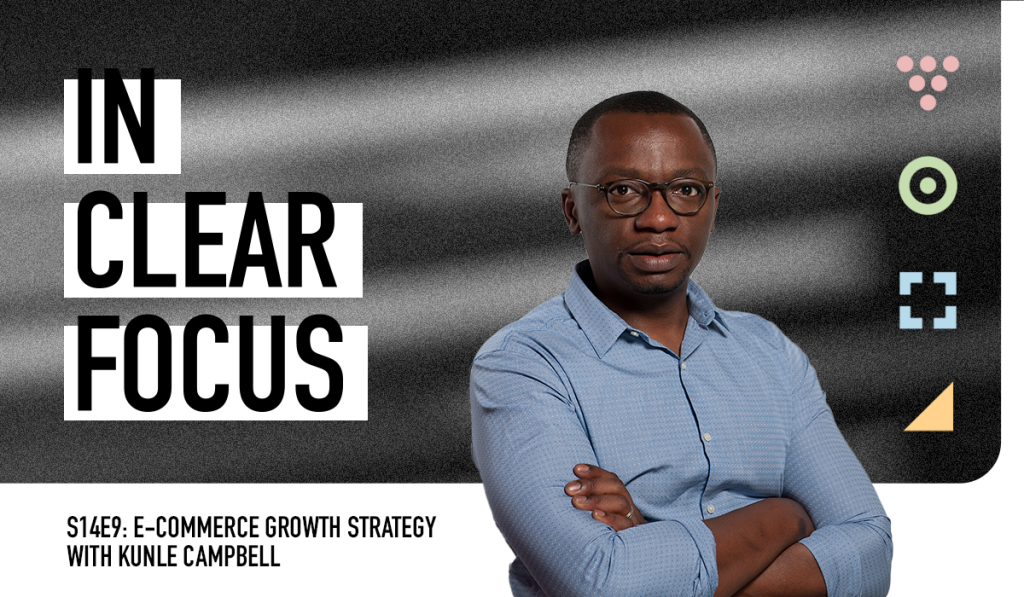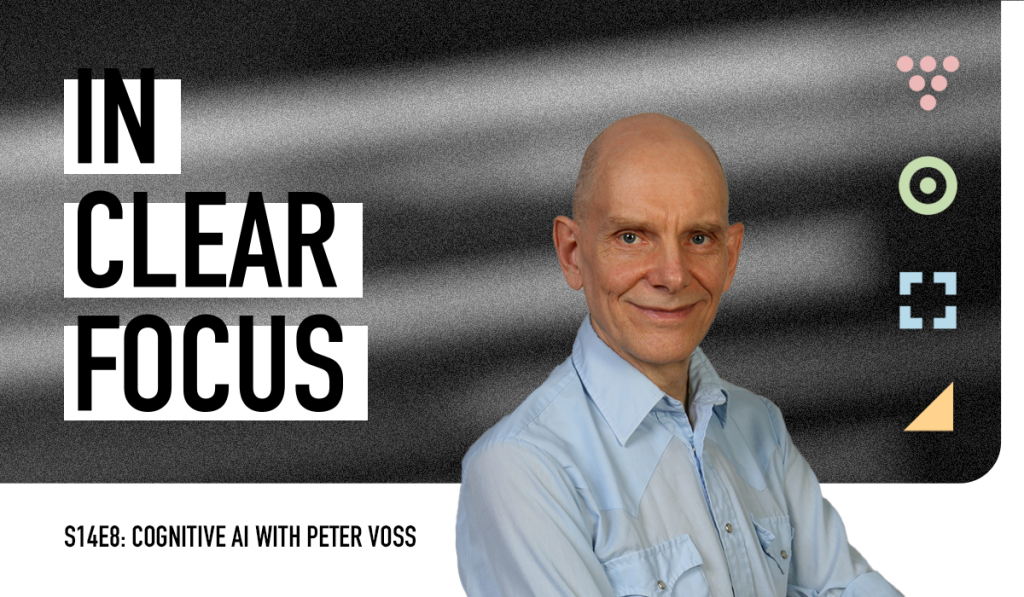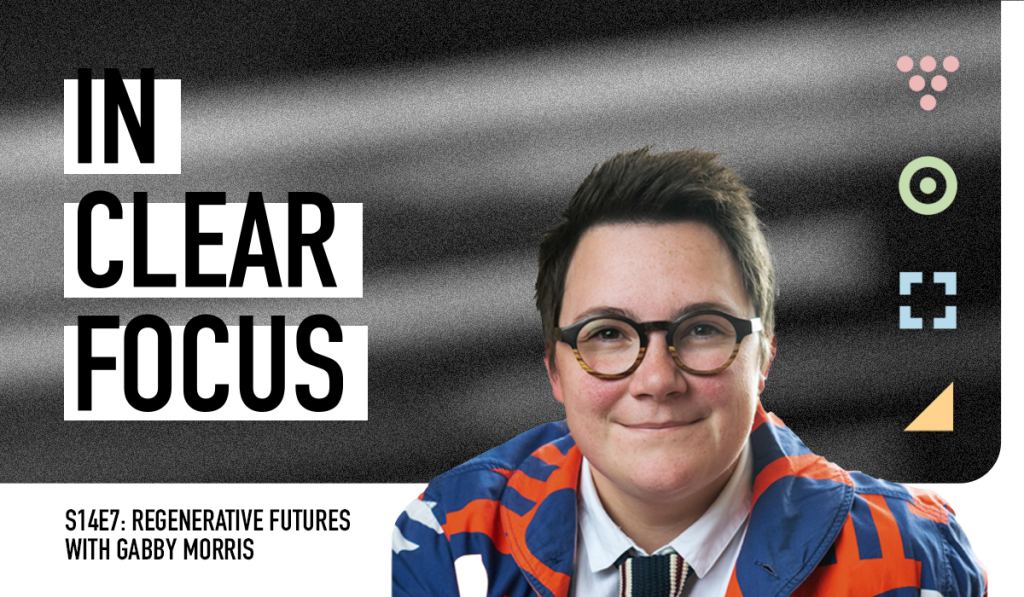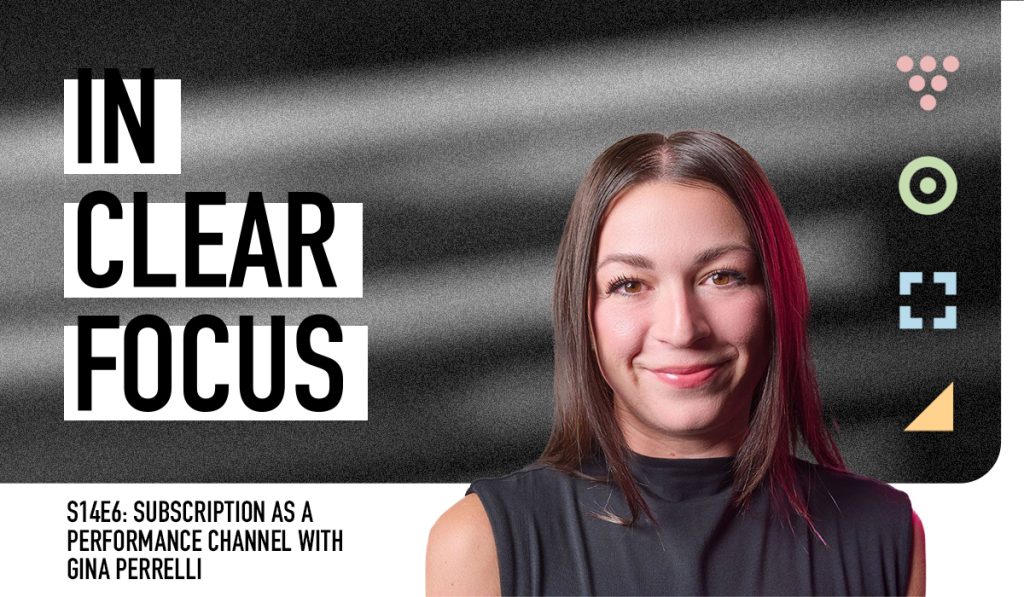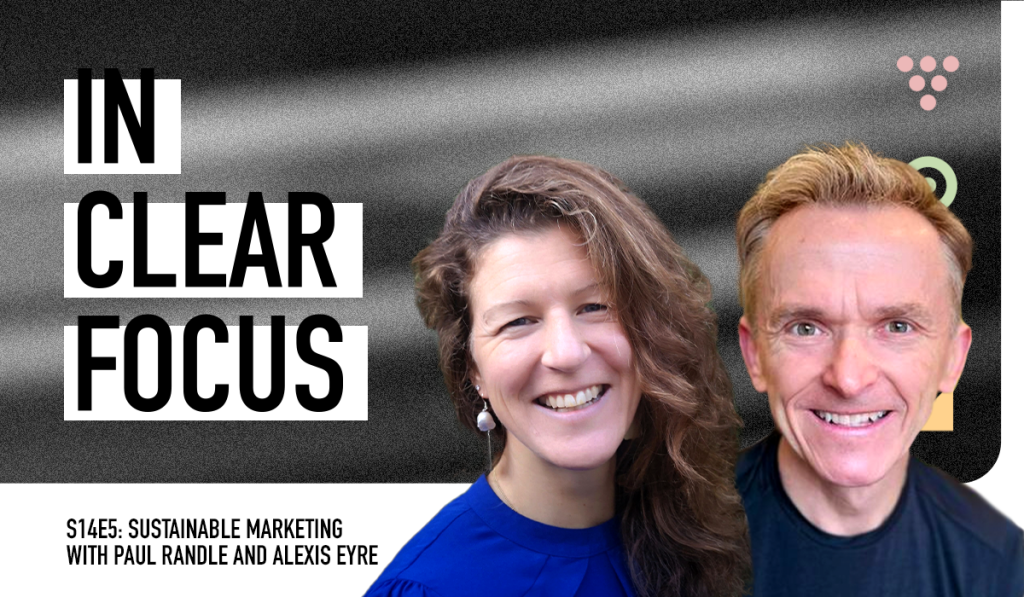Creativity, Advocacy, and Sustainability with Kate Wolff
Guest Kate Wolff is CEO of Lupine Creative, co-chair of Do The WeRQ, and co-founder of LumiTerra. Kate shares how her career journey in advertising led her to establish Lupine Creative and co-found Do The WeRQ, an organization dedicated to increasing LGBTQIA+ representation in the industry. Kate also discusses the challenges of launching a new …
Creativity, Advocacy, and Sustainability with Kate Wolff Read More »

